Design
How designers can help drive better engineering practices around user interfaces
Design leaders who want to improve visual design in products should spend as much time advocating for better UI and front end engineering practices as they spend focusing on practices within their team. Many designers, within B2B and B2C companies struggle with translating what they design into the actual user
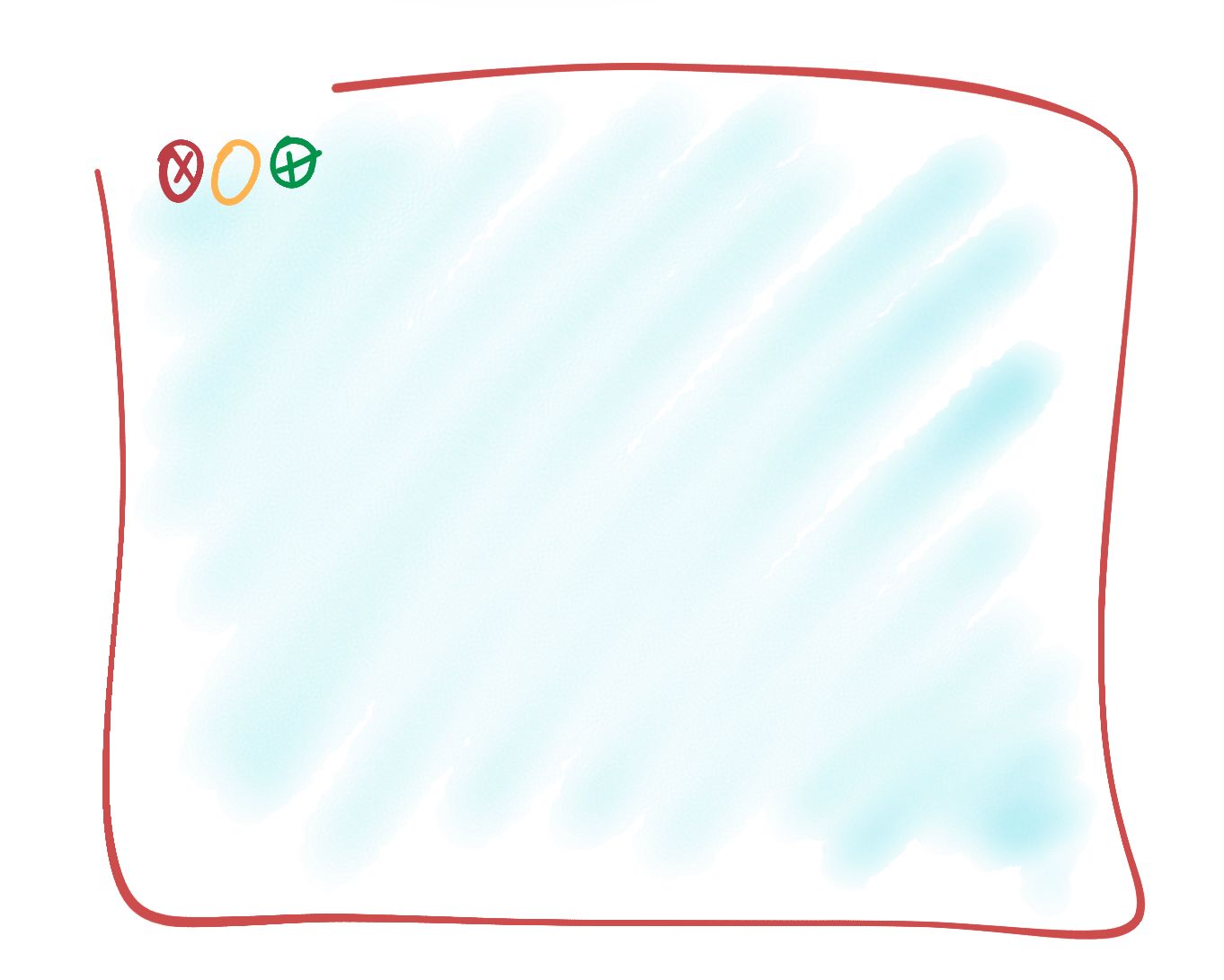
Scaling design teams and design recruiting
One of the most challenging roles a design leader plays is scaling a team. The way you get to help shape the culture and execution of dozens or hundreds of people is one of the most rewarding things you can do. As part of that, one of the most important

The shift to subscriptions and its impact on enterprise design teams
Today, in every enterprise company, there is a discussion about the shift to a Software as a Service (SaaS) delivery model and the shift toward a subscription revenue model. Those two discussions are critical for design teams to understand and to use as a way to help drive a better

Your guide to resourcing discussions as a design manager
Budgeting and resourcing discussions are difficult conversations for most design managers. It’s hard for multiple reasons. First, nobody really prepares you for it. With engineering management, as an example, there is a need to have this resourcing conversation with the engineering team because their ability to deliver is critical
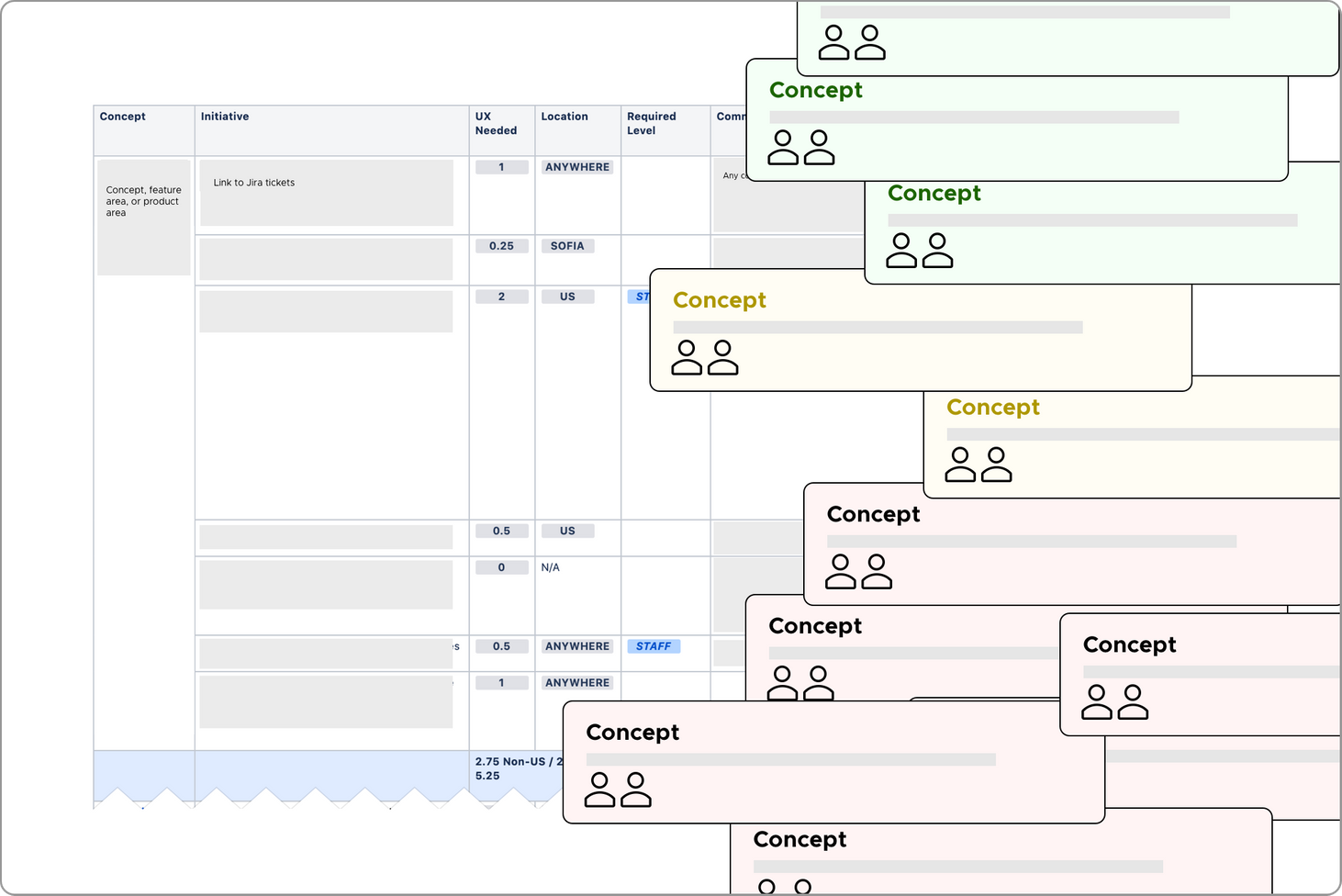
The single pane of glass or the single glass of pain
One of the biggest user experience and product strategy challenges in large companies is the proliferation of products and services that try to address the same needs. There are many reasons why companies have so many products targeting similar personas with slightly different features and levels of quality. However, much
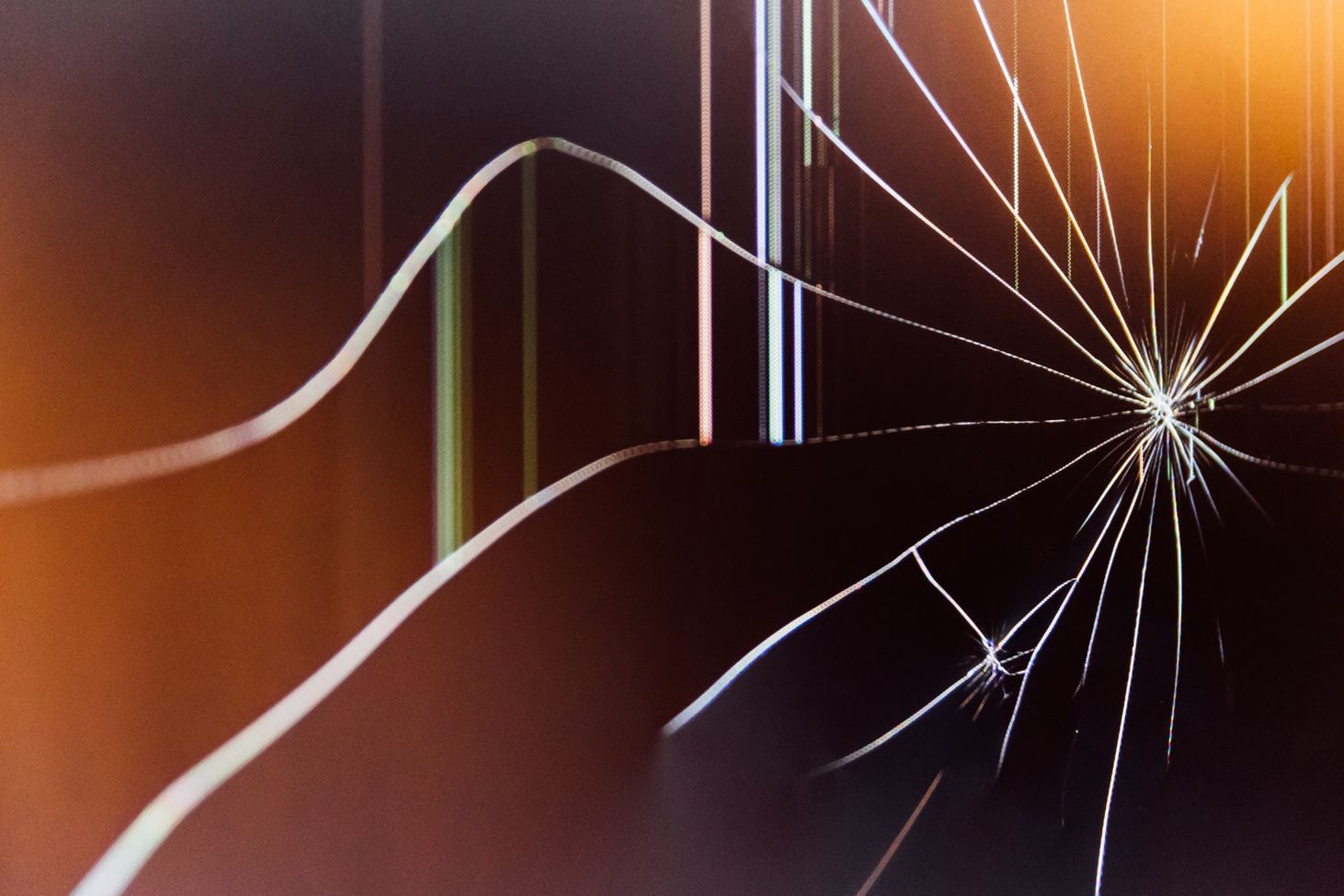
Design-led vs experience-led and why it matters
Over the last few years, as more organizations started accelerating their investment in design teams, many design leaders have been advocating to move from engineering or product management-led to “design-led” organizations. I probably hear this once a week in an interview, a conversation with a design leader, or a coffee
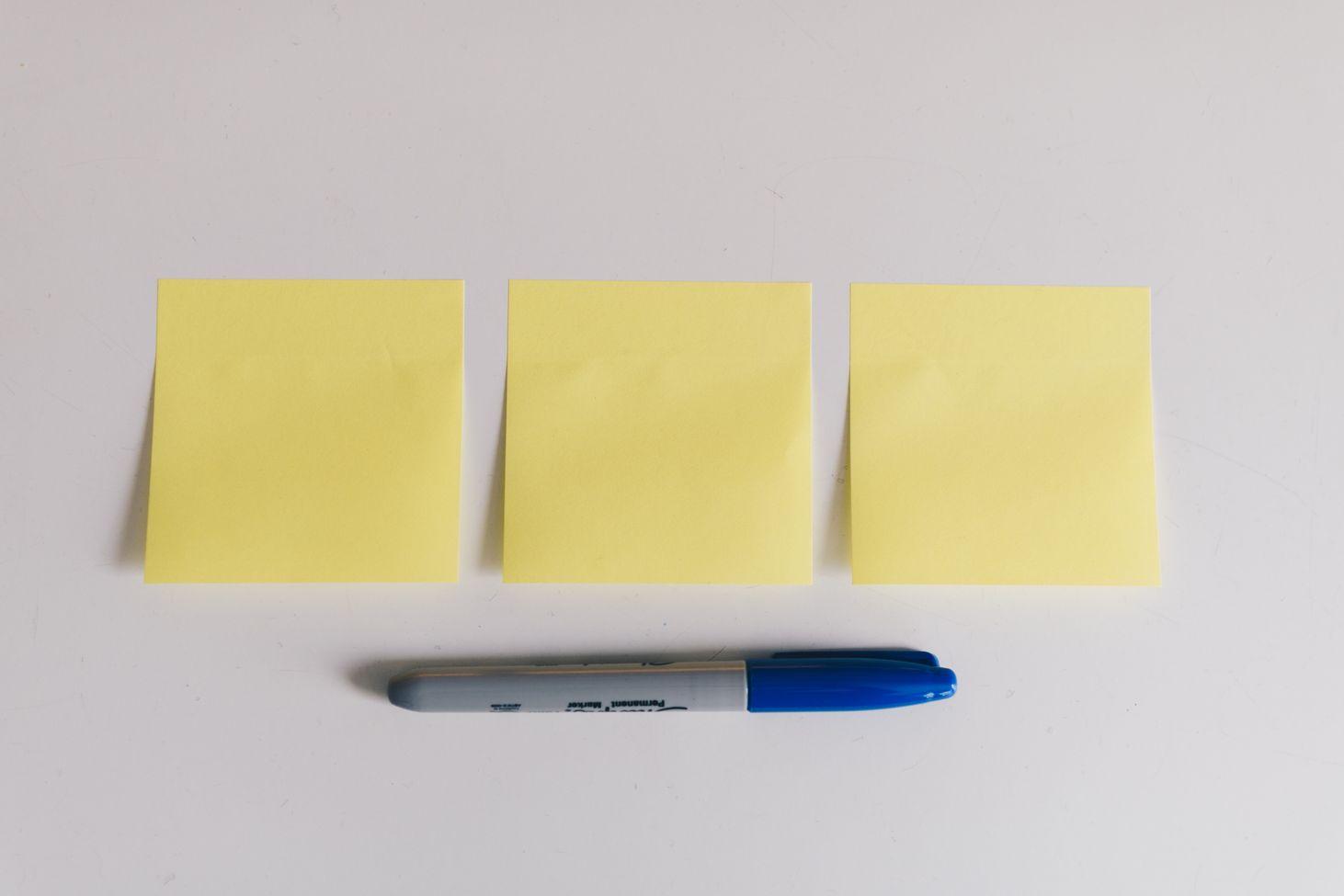
Keep asking the "basic" user experience questions
Over the last few months, we’ve been focusing a lot of our work on ensuring we’re telling end to end stories [https://medium.com/vmwaredesign/multi-layered-design-stories-7a2204dec40f]. These end to end stories focus on a specific outcome that a specific persona, or set of personas, want to achieve. In

Building our product design career development framework
Note that this article focuses on our individual contributor career development framework. With a fast-growing team, building a robust career framework becomes a necessity. The goal of our framework is to facilitate ongoing conversations between a product designer and their manager about achievements, motivations, blockers/constraints, and development opportunities. These
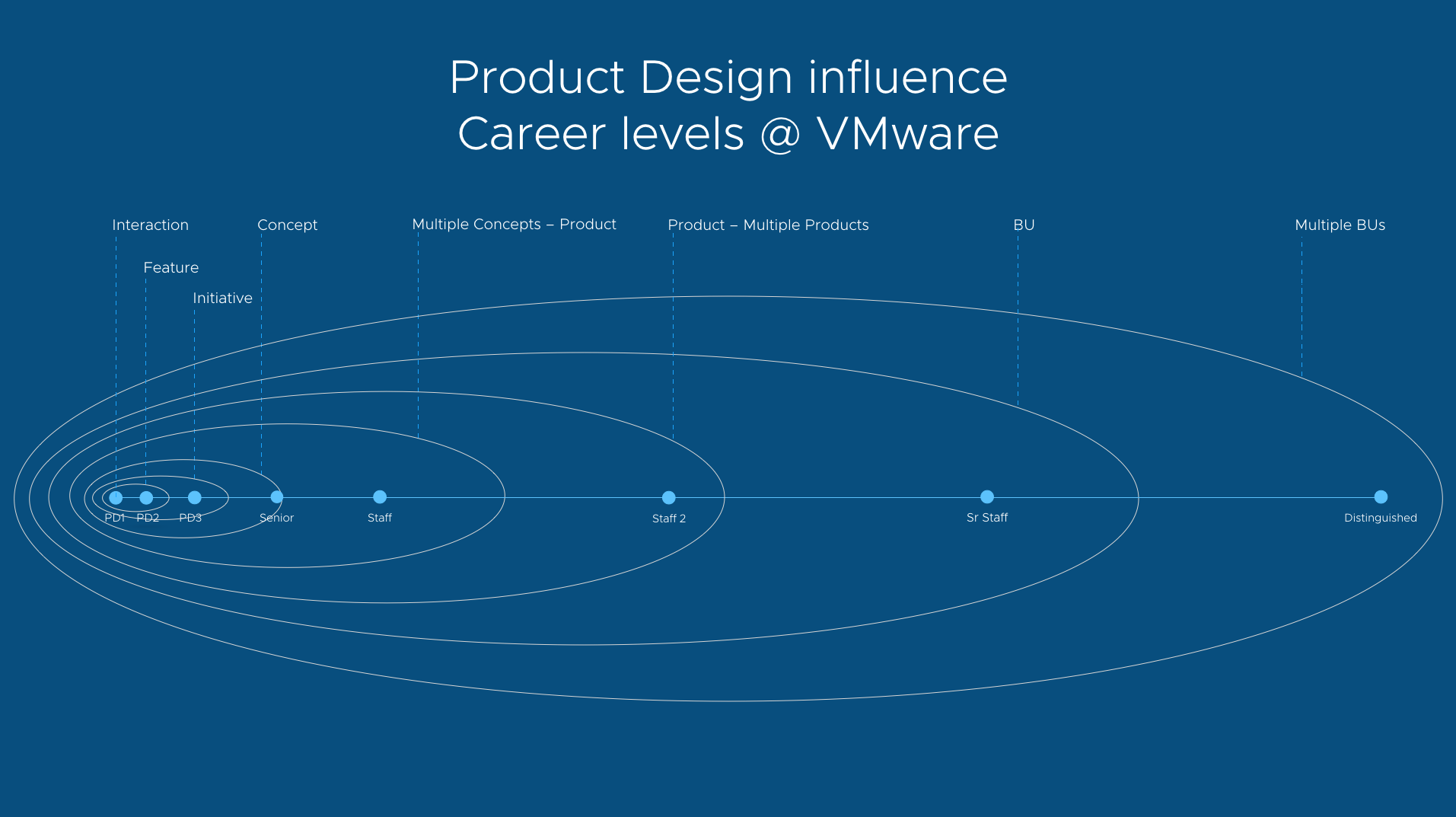
Find the strengths in people’s unique backgrounds
Before leading design at VMware, I was an engineer. I guess I am still an engineer in addition to being a designer. I studied computer science at the University of Washington [https://www.cs.washington.edu/] (Go Huskies!) and worked as a front-end engineer within VMware before co-founding Clarity [http:
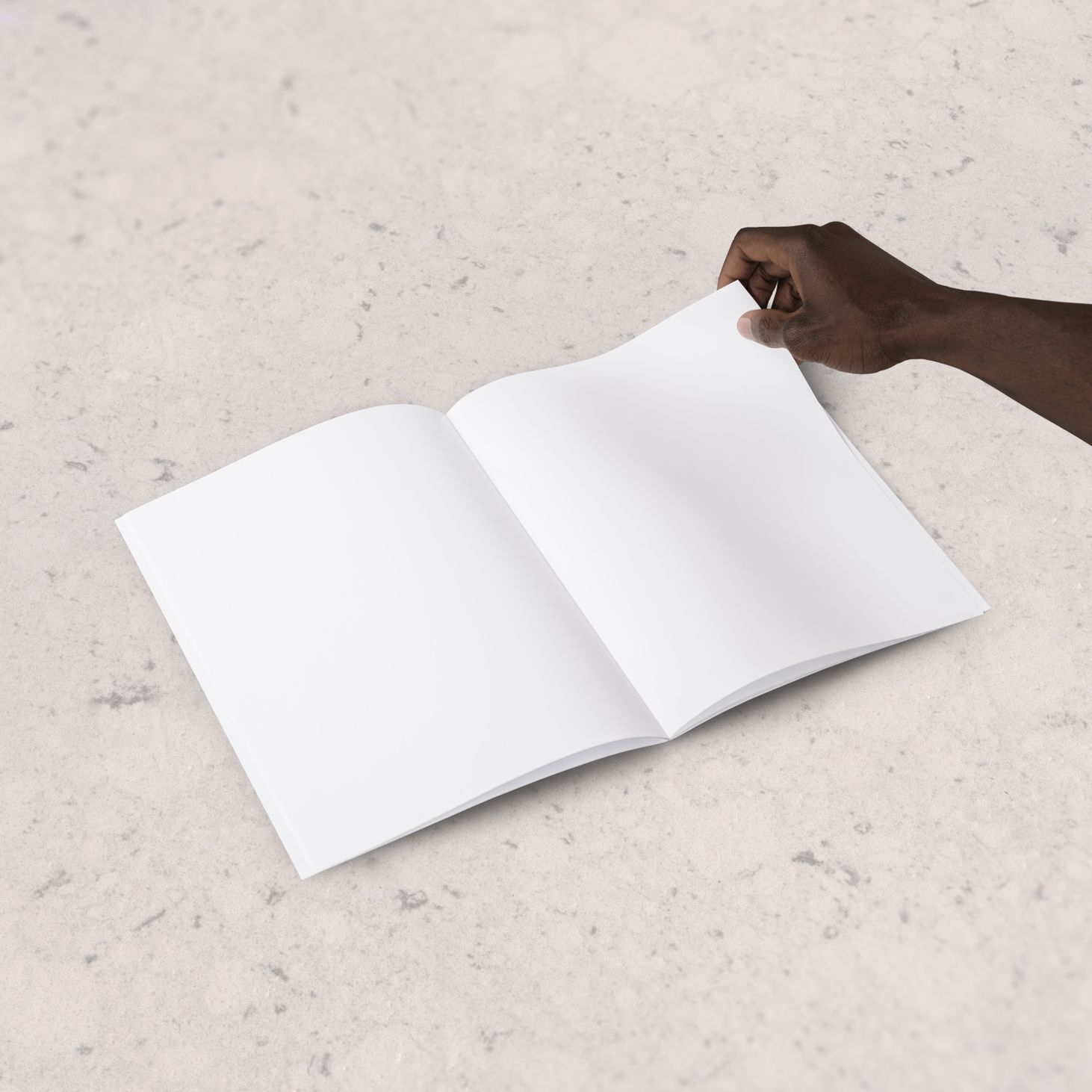
Have an opinion and earn your “seat at the table”
I spend a lot of time on cross-collaboration with product managers, engineers, and designers working together to deliver the best experience possible to our customers. Overall, it’s a healthy environment of genuine focus on our customers, even when our opinions differ. In enterprise design, we’re transitioning design as

